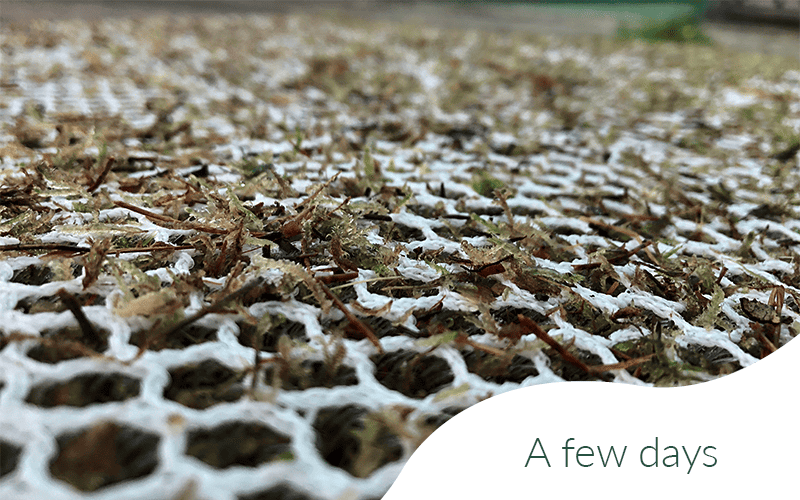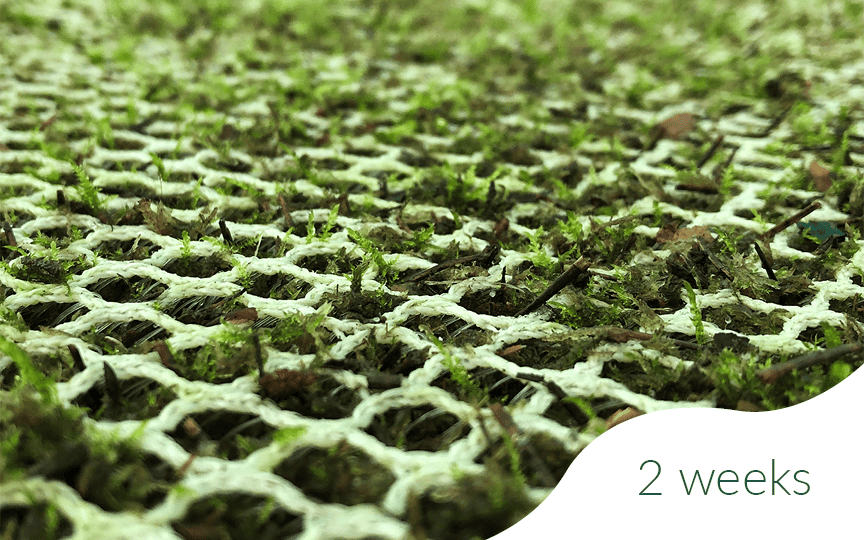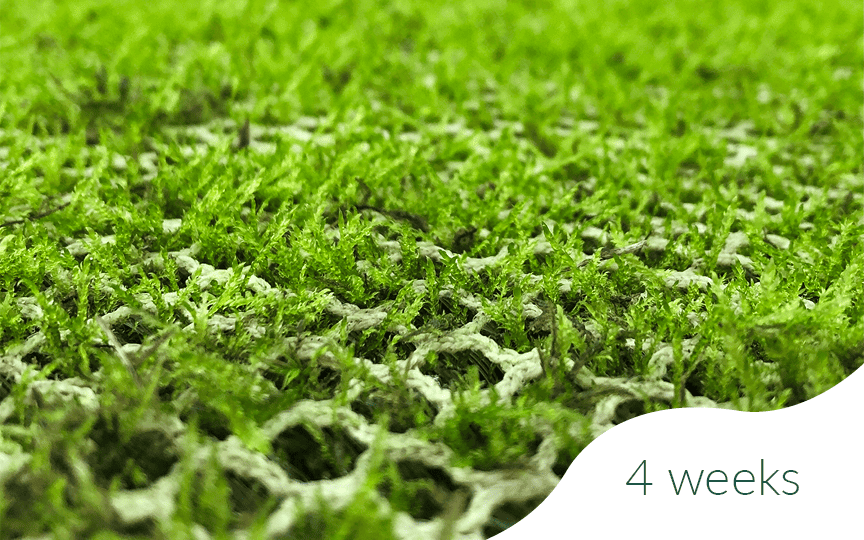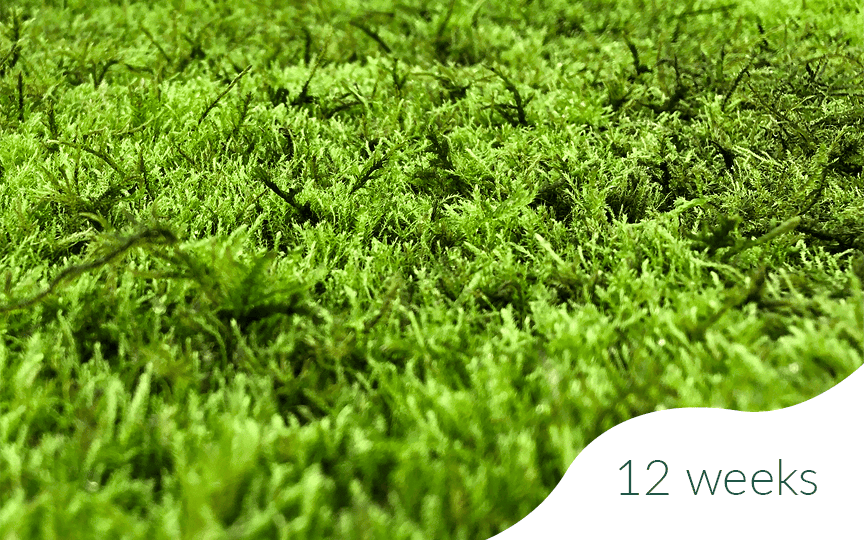The
inconspicuous
super plant
With 450 million years, mosses are the oldest land plants on earth. They have used the long time of their existence to acquire amazing abilities. There are about 20,000 different species of moss in the world. Some grow in the most inhospitable and also driest places: on mountain peaks and even in deserts.
The outstanding abilities of moss can be explained by the fact that the inconspicuous plant lacks something crucial compared to other land plants: conductive tissue. Mosses feed exclusively through the air and are, on the one hand, astonishingly dispensable and, on the other hand, extremely efficient.
The
inconspicuous
super plant
With 450 million years, mosses are the oldest land plants on earth. They have used the long time of their existence to acquire amazing abilities. There are about 20,000 different species of moss in the world. Some grow in the most inhospitable and also driest places: on mountain peaks and even in deserts.
The outstanding abilities of moss can be explained by the fact that the inconspicuous plant lacks something crucial compared to other land plants: conductive tissue. Mosses feed exclusively through the air and are, on the one hand, astonishingly dispensable and, on the other hand, extremely efficient.
How does moss do that?
Mosses are “simply built” compared to most other land plants. Their general blueprint is designed to grab and take in. They do often have what looks like a bud, stem, leaflet, or root. But strictly speaking, they do not have any of these.
The rhizoids (meaning root-like), for example, do allow mosses to cling to the ground or protrusions, but unlike true roots, mosses cannot absorb water or nutrients with them.
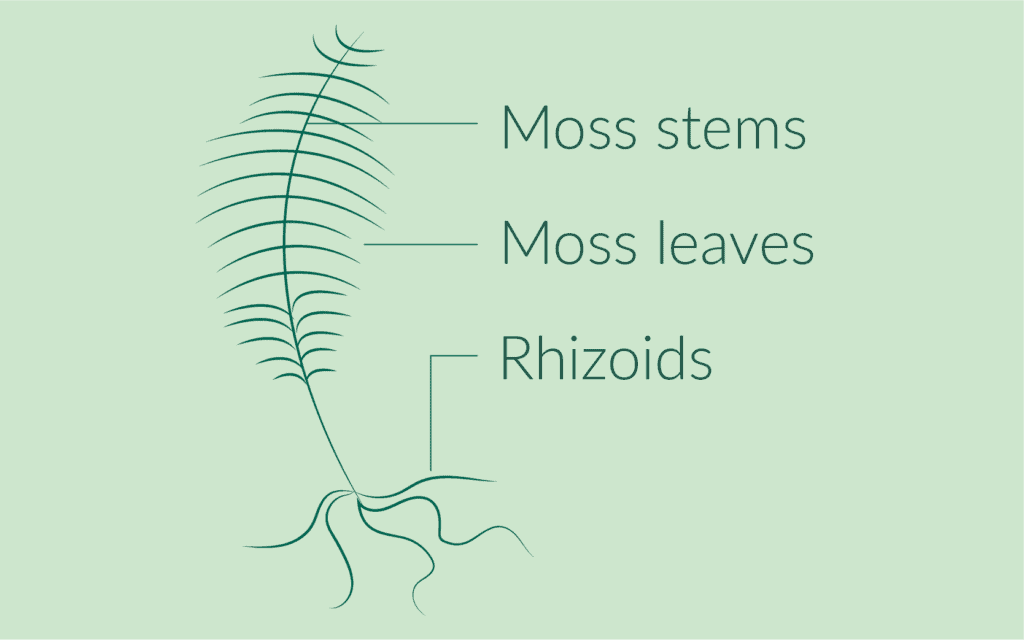
How does moss do that?
Mosses are “simply built” compared to most other land plants. Their general blueprint is designed to grab and take in. They do often have what looks like a bud, stem, leaflet, or root. But strictly speaking, they do not have any of these.

Mosses are “simply built” compared to most other land plants. Their general blueprint is designed to grab and take in. They do often have what looks like a bud, stem, leaflet, or root. But strictly speaking, they do not have any of these.
Why moss
needs to be
in cities
Why moss
needs to be
in cities
Highly attractive
Mosses have a huge surface area, up to 30 times larger compared to a smooth surface. The moss surface is enormously absorbent due to the fine, thin leaflets. Many particles in the air (fine dust) have a negative electrical charge and are attracted and bound by the positively charged moss surface. Just like a microfiber cloth. Most of the “prey” is directly metabolized or indirectly broken down by microorganisms and then converted into harmless biomass.
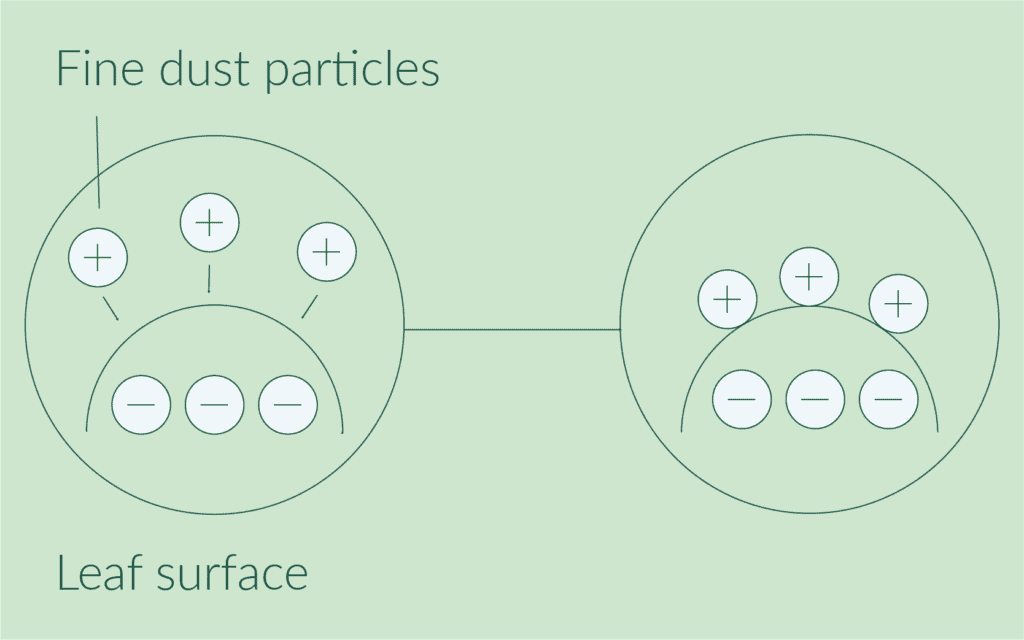
Highly attractive
Mosses have a huge surface area, up to 30 times larger compared to a smooth surface. The moss surface is enormously absorbent due to the fine, thin leaflets. Many particles in the air (fine dust) have a negative electrical charge and are attracted and bound by the positively charged moss surface. Just like a microfiber cloth. Most of the “prey” is directly metabolized or indirectly broken down by microorganisms and then converted into harmless biomass.

Master of utilization
Master of utilization
FAT PREY
DIGESTION
TOP UP
FAT PREY
DIGESTION
TOP UP
So fresh and so clean
Mosses take most of the water supply capillary through the narrow spaces between the dense shoots. A moss surface can therefore hold a great deal of water, much like a sponge. However, this also means that unlike vascular plants, mosses have little protection against water evaporation. This is how the enormous cooling capacity of this green all-rounder comes about.
Sidefact: Most mosses can survive in an almost completely desiccated condition. They awaken to new life when they are moistened again.
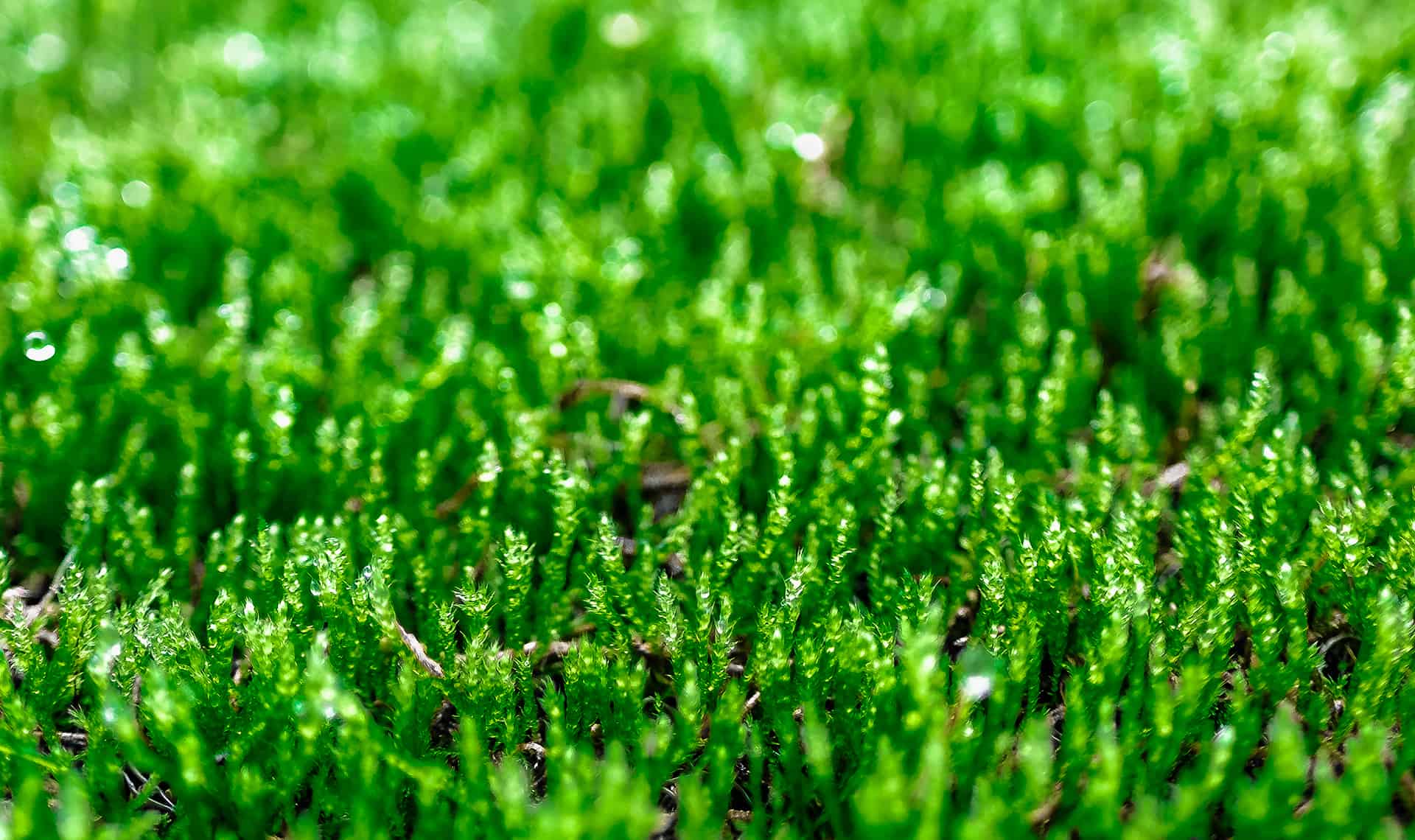
So fresh and so clean

Cool sponge
Mosses take most of the water supply capillary through the narrow spaces between the dense shoots. A moss surface can therefore hold a great deal of water, much like a sponge. However, this also means that unlike vascular plants, mosses have little protection against water evaporation. This is how the enormous cooling capacity of this green all-rounder comes about.
Sidefact: Most mosses can survive in an almost completely desiccated condition. They awaken to new life when they are moistened again.
Enormous taker qualities
DRY
MOIST
Enormous
taker qualities
DRIED OUT
MOISTENED
MOSS FARM
In nature, mosses need about 4 years to grow into a dense moss surface. Through a lot of experience, a special cultivation method and ideal supply conditions, the moss stalks in our moss farm have turned into a dense carpet in just 12 weeks and are ready for use in the city.
In nature, mosses need about 4 years to grow into a dense moss surface. Through a lot of experience, a special cultivation method and ideal supply conditions, the moss stalks in our moss farm have turned into a dense carpet in just 12 weeks and are ready for use in the city.


